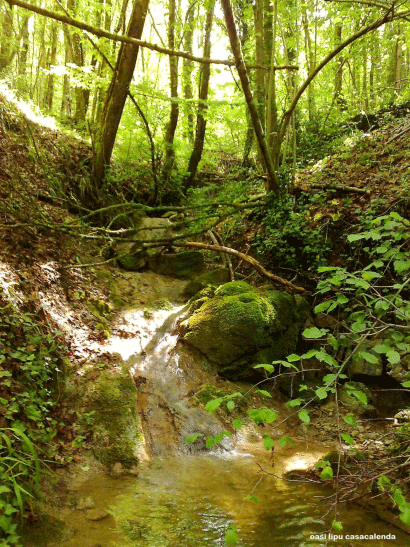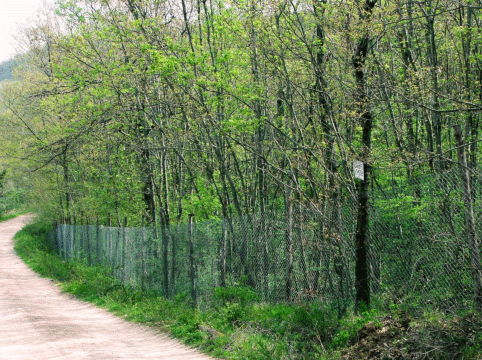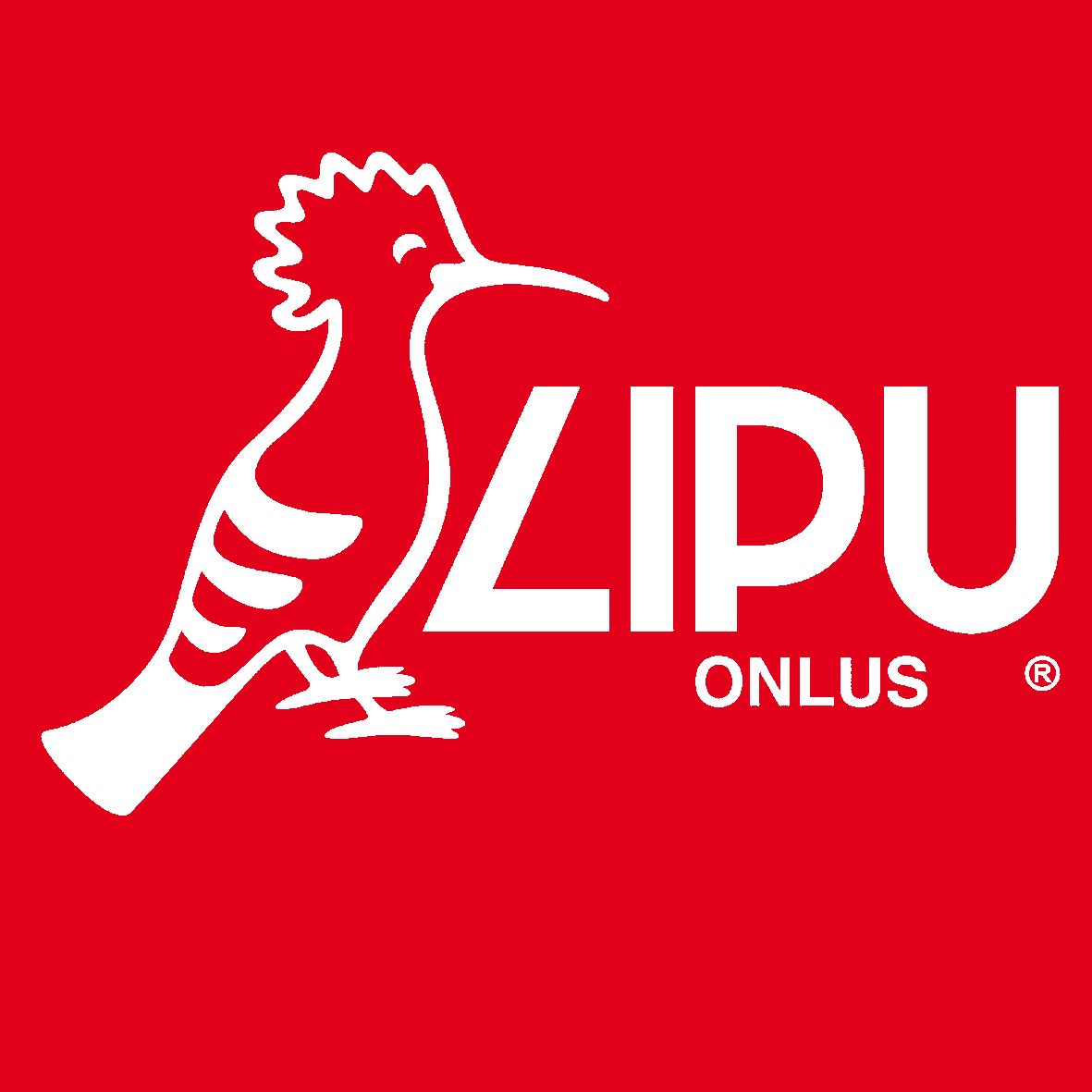Case Study
Protection of a river in the “CASALE” woods – LIPU Oasis – Casacalenda
Contact name
Carlo Meo
Institution name
LIPU-Birdlife Italia
Region & country
Molise Region - Italy
Summary
The action described came from the need to preserve a portion of the Malfiglio stream from external pressures. The stream flows on a border of the reserve, inside a native oak woodland. The Casale woods is surrounded by crops which some of them were used for livestock grazing. In order to allow cows to drink, the farmers used to cut bushes and branches to allow a better access to the stream. This has caused an alarming problem for the decrease purity of the water due to the livestock excreta.
In order to tackle the issue, a fence was built in 2005 by using structural funds in agreement with the City council, owner of the woodland. Thanks to the action herein described, the water quality has return on acceptable conditions. The number of amphibian species are now stable and the abundance of individuals has significantly improved.

Oasi LIPU Casacalenda
Photo by Carlo Meo

River bed area
Photo by Oasi LIPU Casacalenda staff

Fence protecting the river
Photo by Oasi LIPU Casacalenda staff
Background of the project
The river was used as a shortcut by livestock (cattle) to reach higher pastures. Farmers, to facilitate the passage of the animals, had created gaps in the forest vegetation, which deteriorates the water quality. In addition, the river was also affected by abandoned waste and uncontrolled access of people, even to dangerous areas.
The needs identified were:
- Preserve the herpetofauna habitat of the river (Savi’s salamander Salamandrina perspicillata, Apennine toad Bombina pachypus, Italian stream frog Rana italica, etc.);
- Check the uncontrolled influx of people, discourage livestock access
Solution and actions taken
The banks of the stream are mainly steep and rocky. Walking along is not easy and can be, sometimes, dangerous.
The best solution found to solve the problem was to impede uncontrolled access of people and livestock inside the area.
In agreement with Casacalenda city council, we submitted a project funded through the POR (Regional Operating Plans) in 2000. The project included the construction of a fence along the reserve boundary, including the stream.
Through a planned action funded by the Regional Operating Plan 2000-2006 (POR), a 1 km fence has been built (with mesh and poles) along the most sensitive areas, following the boundaries of the LIPU nature reserve. The poles were fixed to the ground without concrete.
As with all the other actions planned for the POR, a local company has been contracted in order to do the planning and implementation of the project following a tender process. The cost of the intervention was estimated in 9000 € (in 2005).
The Municipality actively followed the project through regular meetings with the nature reserve manager and the planner. University students came to assess the benefits of this intervention for the wildlife and researchers from different Italian Universities conducted studies on the biology of some endemic amphibians. Local companies came to see the work site to present a cost estimation.
Other institutions or parties involved
The Municipality actively followed the project with regular meeting with the nature reserve warden and the charged planner. University students came for watch the benefit of this intervention for the wildlife and researchers from different Italian Universities have conducted studies on the biology of some endemic amphibians. Local companies came to see the work site for presenting a cost quote.
Results
Despite the massive presence of people in the nearby picnic area during the spring and summer holidays, the area has now regained its naturalness. A satisfying protection of trophic and breeding sites for many species, some of them included in the EU Habitat Directive have been achieved. Thanks to this intervention,the number of amphibian species in this area ranged from 4 to 7 (of a total of 9). Every year the reserve organises a local event during the international “Save the frog!” day.
Challenges
- Lack of cooperation of farmers;
- Paucity of funds;
- Steal of the galvanized mesh and poles.
Lessons learned
- In order to implement effective and efficient actions, it is necessary to develop better communication with farmers, livestock breeders and users of the area.
- Using leaflets, signposts and organizing specific events can be of great help to continue the work for biodiversity conservation.
Contact name
Carlo Meo
Institution name
LIPU-Birdlife Italia
Website(s)
